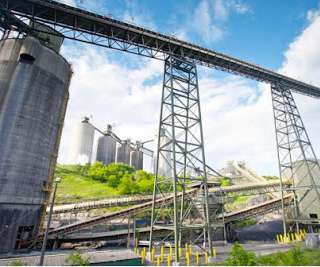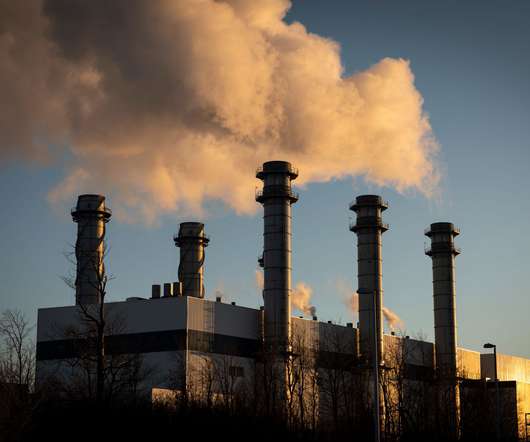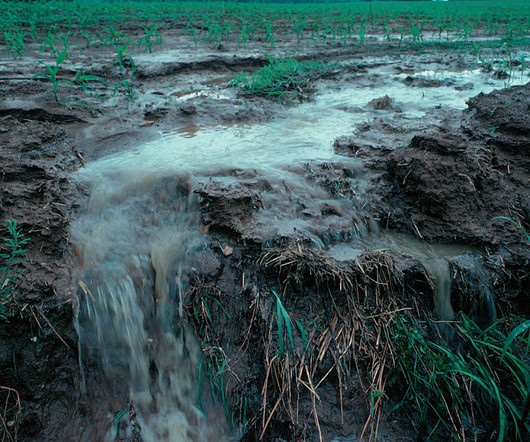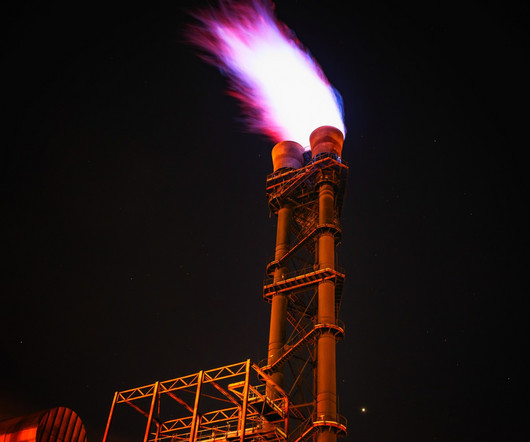Nearly Half of US Breathes Unhealthy Levels of Pollution—Cars and Trucks Largely to Blame
Union of Concerned Scientists
MAY 21, 2025
are formed indirectly in the atmosphere from other toxic pollutants also emitted from tailpipes. Medium and large trucks, which make up just 1 in 10 vehicles on our roads, contribute disproportionately to 58 percent of the ozone-forming nitrogen oxides and 52 percent of PM 2.5 Secondary PM 2.5





















Let's personalize your content